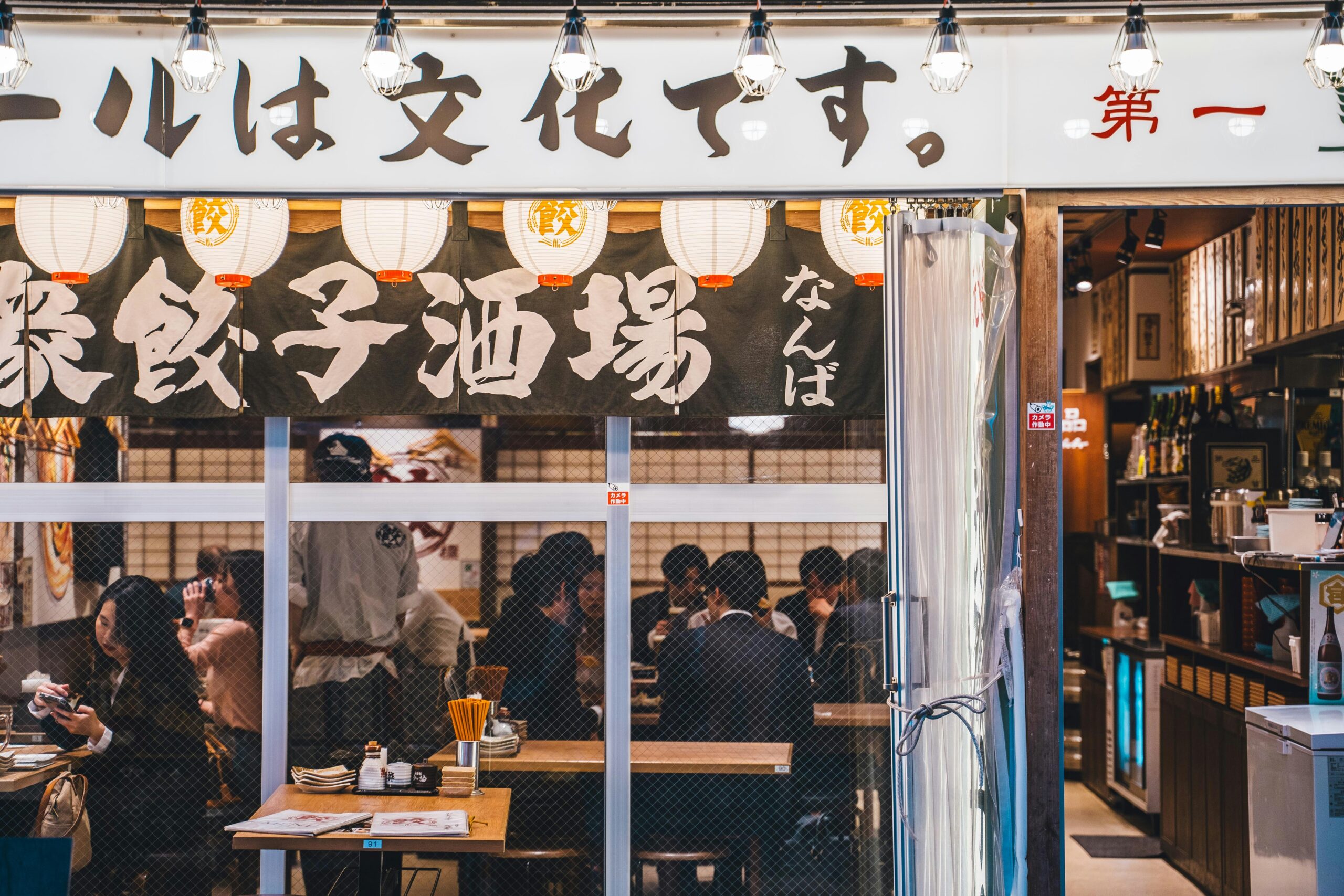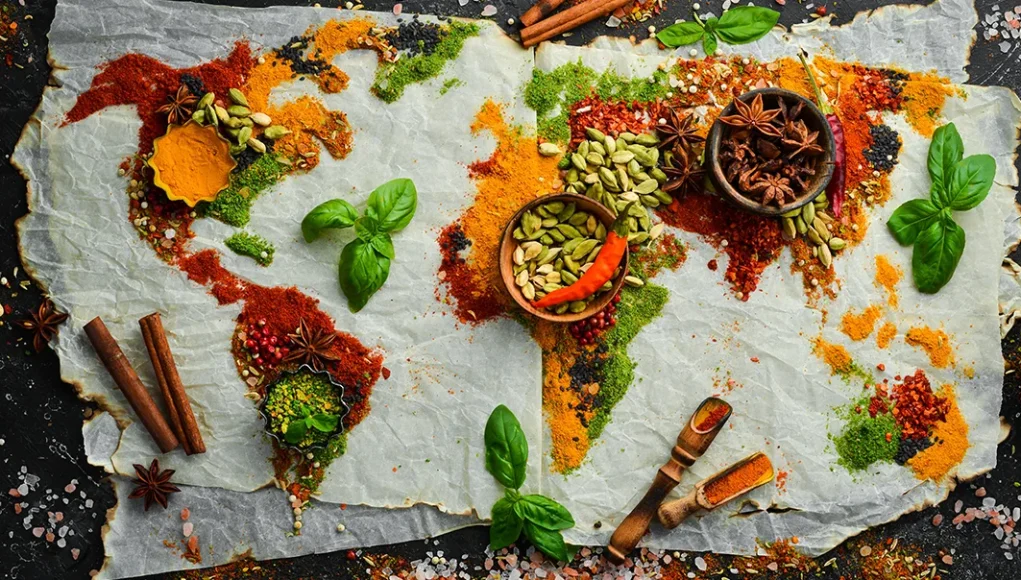For food enthusiasts, the world is a treasure trove of culinary delights waiting to be explored. From bustling street markets to high-end gourmet restaurants, every city offers a unique flavor profile that reflects its culture and history. This blog post takes you on a journey through some of the world’s most celebrated culinary capitals, showcasing vibrant food scenes, popular eateries, and diverse gastronomic offerings. Whether you are a seasoned traveler or a novice foodie, these destinations promise to delight your taste buds and inspire your next culinary adventure.
- Tokyo, Japan: A Symphony of Flavors
- Barcelona, Spain: A Feast for the Senses
- Bangkok, Thailand: Street Food Paradise
- Mexico City, Mexico: A Culinary Renaissance
- Paris, France: The Epitome of Culinary Elegance
- Conclusion: Savor the World
- Frequently Asked Questions
Tokyo, Japan: A Symphony of Flavors
Tokyo is often hailed as the culinary capital of the world, boasting the highest number of Michelin-starred restaurants. The city’s food scene is a harmonious blend of traditional and modern cuisine, offering everything from sushi and ramen to innovative fusion dishes. A must-visit is Tsukiji Outer Market, where visitors can sample fresh seafood and local delicacies. Here, a sushi breakfast can cost around ¥2,000 ($18), while a bowl of ramen typically ranges from ¥800 to ¥1,200 ($7-$11).

For an authentic experience, consider dining at an izakaya, a casual Japanese pub where you can enjoy a variety of small dishes. Prices here are reasonable, with many dishes costing between ¥500 and ¥1,500 ($5-$14). Don’t forget to try the seasonal sakura mochi, a sweet rice cake wrapped in cherry blossom leaves, available in spring.
Barcelona, Spain: A Feast for the Senses
Barcelona’s culinary scene is a vibrant tapestry woven from Catalan traditions and modern gastronomy. The city is famous for its tapas culture, where small plates are shared among friends. La Boqueria Market is a must-visit for food lovers, offering a plethora of fresh produce, meats, and seafood. A typical meal of tapas can cost around €20-30 ($22-$33) per person, depending on the selection.
For a truly memorable experience, book a table at Tickets, a Michelin-starred restaurant by renowned chef Albert Adrià. The tasting menu here is an adventure, priced at around €150 ($165) per person. Alternatively, for a more casual experience, try a local favorite, such as patatas bravas or pan con tomate, at a neighborhood bar.
Bangkok, Thailand: Street Food Paradise
Bangkok is a haven for street food lovers, with countless stalls lining the bustling streets. The city’s culinary offerings are diverse, ranging from spicy curries to sweet desserts. A visit to Yaowarat, Bangkok’s Chinatown, is essential for sampling dishes like pad Thai and mango sticky rice. Street food prices are incredibly affordable, with most dishes costing between 30-100 THB ($1-$3).

For a unique experience, consider taking a street food tour, which typically costs around 1,500 THB ($45) and includes tastings at several stalls. This is a fantastic way to learn about the local food culture and discover hidden gems that may not be on the tourist radar.
Mexico City, Mexico: A Culinary Renaissance
Mexico City is experiencing a culinary renaissance, with a growing number of chefs elevating traditional Mexican cuisine to new heights. The city is home to vibrant markets like Mercado de San Juan, where exotic ingredients and artisanal products abound. A traditional meal at a local taquería can cost around MXN 100 ($5), making it an affordable option for travelers.
For a more upscale experience, visit Pujol, one of the top restaurants in the world, where the tasting menu is priced at around MXN 2,500 ($125). The restaurant focuses on seasonal ingredients and offers a modern twist on classic dishes. Don’t miss the chance to try mole, a rich sauce made from chocolate and spices, which is a staple in Mexican cuisine.
Paris, France: The Epitome of Culinary Elegance
Paris is synonymous with fine dining and culinary artistry. The city boasts numerous Michelin-starred restaurants, but it also offers delightful bistros and patisseries that are worth exploring. A meal at a traditional Parisian bistro can range from €15 to €50 ($17-$55), depending on the location and menu.
For a quintessential Parisian experience, indulge in a croissant or a pain au chocolat from a local bakery, typically costing around €1-2 ($1.10-$2.20). For those looking to splurge, Le Meurice offers a stunning tasting menu at €390 ($430), showcasing the best of French cuisine. Pair your meal with a glass of wine from the extensive list for an unforgettable dining experience.
Conclusion: Savor the World
Exploring culinary capitals around the globe is an adventure that tantalizes the senses and opens the door to diverse cultures. Each city offers its own unique flavors, culinary traditions, and dining experiences that are sure to leave a lasting impression. Whether indulging in street food in Bangkok or savoring fine dining in Paris, the journey through these foodie hotspots is one that every traveler should embark upon. So pack your bags, bring your appetite, and get ready to savor the world!
Frequently Asked Questions
What’s the best time of year to visit these culinary capitals?
The best time to visit culinary capitals varies by location. For Tokyo, spring (March to May) is ideal for cherry blossoms, while fall (September to November) offers pleasant weather and seasonal foods. Barcelona is best visited in spring (April to June) and fall (September to October) when the weather is mild. Bangkok is warm year-round, but the cooler months from November to February are more comfortable. Mexico City enjoys pleasant weather from March to May, while Paris is beautiful in spring (April to June) and fall (September to November).
How much should I budget for a culinary trip?
Budgeting for a culinary trip depends on the destination and dining preferences. For cities like Bangkok, a daily budget of $30-$50 can cover street food and casual dining. In contrast, Tokyo and Paris may require $100-$300 per day for a mix of casual and fine dining experiences. Consider additional costs for transportation, accommodation, and activities when planning your budget.
What should I pack for a culinary trip?
When packing for a culinary trip, comfortable clothing and shoes are essential for exploring markets and dining out. A reusable water bottle is also recommended to stay hydrated. If planning to visit upscale restaurants, pack a smart outfit. Additionally, consider bringing a small notebook or a food diary to jot down experiences and recipes.
Are there any safety concerns when exploring food markets?
While food markets are generally safe, travelers should remain vigilant. Keep personal belongings secure and avoid displaying valuables. It’s advisable to eat at stalls that are busy with locals, as this often indicates freshness and quality. Always wash hands before eating and drink bottled water to avoid stomach issues.
How can I navigate transportation in these cities?
Most culinary capitals have efficient public transportation systems. In Tokyo, the subway is the best way to get around, while Barcelona offers a comprehensive metro and bus system. In Bangkok, the BTS Skytrain and MRT subway are convenient options. Mexico City has a reliable metro system, and Paris is easily navigated by metro and buses. Consider purchasing a transportation pass for unlimited travel within a specified period.
What local customs should I be aware of?
Understanding local customs can enhance your dining experience. In Japan, it’s customary to say “itadakimasu” before meals and “gochisousama” after. In Spain, meals are typically served late, with dinner starting around 9 PM. In Thailand, it’s polite to wait for the host to start eating before you begin. Familiarizing yourself with these customs can show respect and enrich your culinary journey.
Any insider tips for a successful culinary trip?
To make the most of your culinary trip, consider taking a cooking class to learn about local ingredients and techniques. Engaging with local chefs can provide valuable insights into the culture. Additionally, don’t hesitate to ask locals for recommendations on where to eat; they often know the best hidden gems. Lastly, be adventurous and try dishes that may be unfamiliar; this is often where the most memorable experiences lie.


















